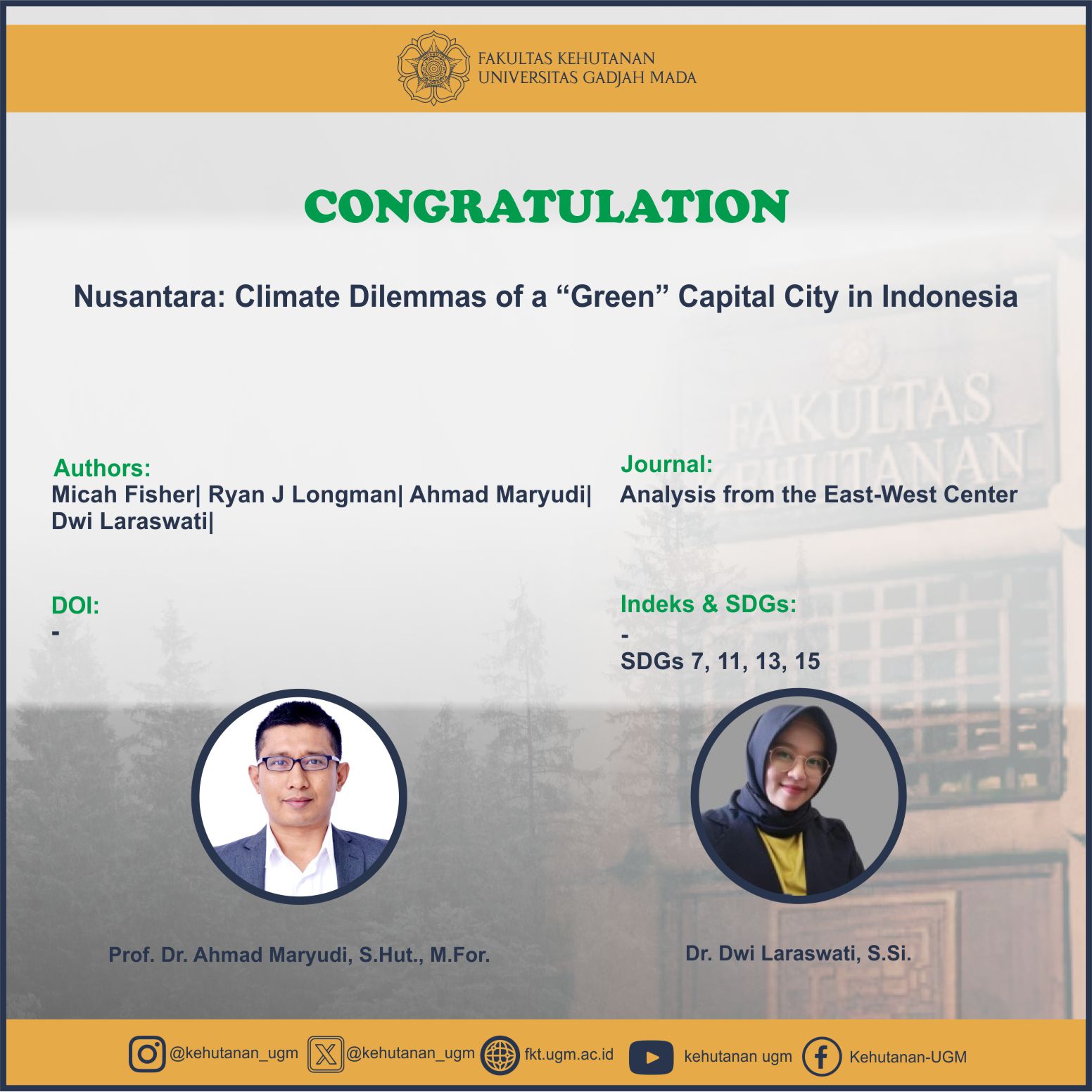
Abstract
Even before Indonesia’s independence, its leaders had drafted plans to relocate the capital city. Proponents gave various reasons at different times, but with Jakarta’s stifling traffic and perennial flooding, the government is now translating visions of relocation into action. Construction of the new capital, Nusantara, is already underway in East Kalimantan province. Nusantara is an ambitious and symbolic nation-building project that positions Indonesia as an increasingly confident player on the international stage. Underpinning these plans are aims to solve the more complex environmental hazards and challenges associated with climate change. Much ink has been spilled on the social, political, and technical dimensions of Nusantara, but less scrutiny has focused on the assumptions of a climate forward capital city. As this green developmentalism takes shape, we more closely examine the climate dimensions of the project, exploring the extent of its climate mitigation impacts, while also homing in on its potential for adaptation and resilience. Our findings suggest that under the project’s current course, emissions are likely to increase significantly, worsening vulnerabilities in Jakarta and creating new ones in East Kalimantan. Nevertheless, the future remains unwritten, with many crossroads and opportunities to change direction.
SDGs:
SDG 7: Affordable and Clean Energy
SDG 11:Sustainable Cities and Communities
SDG 13:Climate Action
SDG 15:Life on Land
Link Dokumen:
Download
